
views
For several years, the monovalent vaccines had proved to be suboptimal. The use of the monovalent P1 vaccine tended to push up P3 cases, while the use of the monovalent P3 vaccine increased the number of P1 cases. With the discovery of the new bivalent vaccine, hopes were riding high.
During a review meeting, Anuradha (Gupta) smiled at her team as she shared the positive results filtering in with the Health Secretary. ‘Our strategy is working. Polio cases are coming down and our goal to make India polio free is finally in sight.’
‘Good. Knock on wood,’ the Secretary replied a bit too soon, for the very next week, Anuradha and her team ran into a major problem.
India’s global tender for the bivalent polio vaccine failed. All the three WHO-prequalified global manufactures of the vaccine that had bid for the tender were delisted, following a quality audit. The vaccines used during the Pulse Polio campaigns were being funded with a loan from the World Bank. The rules of the World Bank required all the vaccines to be procured from the manufacturers prequalified by WHO. An Indian company had also bid for the global tender, and was manufacturing the bivalent vaccine in India. The company had already been approved by the National Regulatory Agency. However, it had not yet obtained prequalification by WHO. There was also no likelihood of the organization prequalifying a manufacturer any time soon.
Options were running out—and time was of vital importance. Purchasing the vaccine from the Indian company meant a loss of funding from the World Bank due to their stringent rules. Not purchasing the vaccine from the Indian source meant that India would not be able to introduce the bivalent vaccine for several months. The latter would have been a terrible option for a country on the threshold of an exciting new era. Anuradha was in a dilemma.
‘For our national immunization programme, the Universal Immunization Programme (UIP), we procure our vaccines—including the polio vaccines—from this company and also from several other Indian manufacturers approved by our NRA, don’t we?’ she thought. She scrutinized the purchase procedures, the approval process, and the regulatory environment of NRA—and compared them with those of WHO. ‘Our NRA has robust regulatory processes comparable with WHO—the reason why it is duly certified by WHO.’ She continued to reason with herself. ‘Now, logically, since
India’s NRA is approved by WHO, then it follows that all the vaccines approved by NRA meet the quality standards as per WHO requirements.’
Under the national UIP, the Health Ministry procured vaccines from the NRA-approved manufacturers. All vaccines so procured, including those against polio, were of good quality and effective. Ironically, polio vaccines procured from the NRA-approved manufacturers, for the same population during the same period, were not allowed to be purchased for the World Bank-funded Pulse Polio campaigns. Instead, for the latter, the vaccines were procured from the WHO-prequalified manufacturers only—and at a much higher cost.
Anuradha walked into the office of Naved Masood, the Financial Adviser (FA) in the Ministry of Health. ‘Sir, I need your support … to ensure that our polio eradication initiative succeeds.’ She explained her predicament and paused before she argued her point of view. ‘I find it difficult to comprehend the logic, sir. A vaccine from an NRA-approved manufacturer is efficacious against polio when it’s domestically funded under the UIP. Why should the same vaccine from the same manufacturer lose its efficacy against the same disease only because the source of funding is the World Bank?’
Dr Masood laughed as he said, ‘Indeed. We need to correct that anomaly.’
‘Would you please give me additional domestic budget to procure the bivalent vaccine, sir? Introducing it is critical at this juncture in our battle against polio.’
‘Purchasing the polio vaccine, with the same objective and efficacy, from different sources at different rates is not prudent. I’m surprised, Anuradha, that no one ever raised this issue.’
Dr Masood was a man of high integrity with a deep passion for development. He needed no further convincing. He thought for a moment, scrutinized the overall budget of the ministry and smiled as he looked up. ‘I see some savings and unspent balance in another project this year. Go ahead … Send me the proposal along with the justifications, on a file, and you will have the budget approval the same day.’
Very few officers would have stuck their necks out in this manner, especially where a financial transaction was involved. Most would have simply played safe and covered their backs by tendering again and again to ensure that no one ever questioned their credentials.
Both Dr Masood and Anuradha were made of sterner stuff. In placing the order at an NRA-approved manufacturer, who did not meet the World Bank conditions, thereby losing out on the World Bank loan—and allocating alternative unutilized domestic funding to the cause, which would have lapsed otherwise—the Financial Adviser and the Joint Secretary had taken a decision, which was quite out of the ordinary. The driving force behind their choice—which later proved to be life-altering—was the knowledge that every day lost meant the exposure of more and more children to the deadly polio virus.
They were in a position to make a difference—and both of them cared enough to do so, fully aware that it could be called to question at a later date. As a result, India became the first country in the world to roll out the bivalent polio vaccine successfully.
All the ‘missed’ children were followed up rigorously until every child, everywhere in the country, had received the two drops of life. The task was no longer limited to conducting multiple Pulse Polio rounds as stand-alone exercises. Each round was used as the beginning of an opportunity to detect unreached households. This was followed by continuing engagement outside the Pulse Polio round to build and sustain trust.
In the last lap of the polio marathon, the new paradigm shift yielded huge dividends and made it possible to step closer to the goal of universal polio vaccination. The country sailed through the high-transmission season. Surveillance continued to be of top quality. Environmental samples no longer showed the wild polio virus in the sewage.
Just as the reports across the country started giving rise to the belief that India had covered the last inch, there was another major setback. In January 2011, during a period of low-risk transmission, the virus struck—and that too at a place which was not a hotspot. The team led by Anuradha was dismayed, but also deeply worried. Howrah, the hometown of Rukhsar, the polio-afflicted child, was very densely populated, and the virus could spread in the area at lightning speed. There was not a minute to lose.
Anuradha convened a meeting with her team and technical partners to plan for a ‘snap interruption’ of the transmission.
‘Typically, it takes a couple of weeks for an emergency mop up,’ said her team.
‘It requires special rounds of polio immunization for lakhs of children living in the surrounding areas.’
Once the reasons cited for why the mop-up process would take so long had been evaluated, simultaneous steps required to cut out delays became clearer. A critical path was identified to speed up the vaccine supply for the mop-up. The state authorities were involved to ensure social mobilization and logistics in a parallel rather than sequential manner to save time.
‘Let’s begin right away. We all have understood how we can manage all the different complexities of the process. It has to be done within five days—and not a day longer. Let’s get going,’ said Anuradha, instilling enthusiasm in her team.
The Indian Howrah mop-up happened on the sixth day. Globally, it is cited as the fastest ever!
‘Why did the Howrah case happen if the programme was succeeding in reaching every child?’—was the question
Anuradha and her team sought answers to even before the mop-up was over.
Apparently, a cluster of unvaccinated children had not been detected in time. No cure could be offered to Rukhsar.
However, the enthusiastic health team was even more determined to ensure that no other child was ‘missed’ in any part of the country. A strong signal was sent out that attaining ‘zero’ polio cases was non-negotiable.
In April 2011, Anuradha persuaded the Union Health Minister to take a rather unique step and declare polio as a Public Health Emergency. All states and union territories were on high alert. An Emergency Preparedness and Response Plan (EPRP) was put in place, and a 200-strong Rapid Response Team stood ready to act at all times. The next one year was marked by an alert vigil to ensure that the virus did not raise its ugly head again. The long-cherished dream of a full year of zero-polio-cases finally came true on 13 January 2012. History had been made. A month later, the WHO took India off the list of polio-endemic countries.
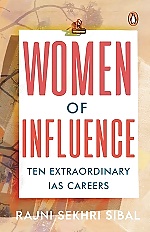
This excerpt from Women of Influence: Ten Extraordinary IAS Careers by Rajni Sekhri Sibal has been published with the permission of Penguin Random House
Read all the Latest Opinions here












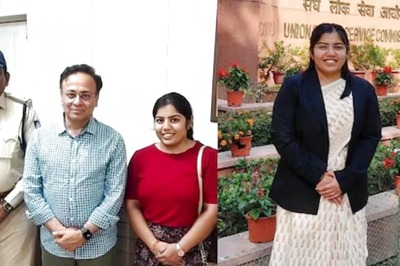

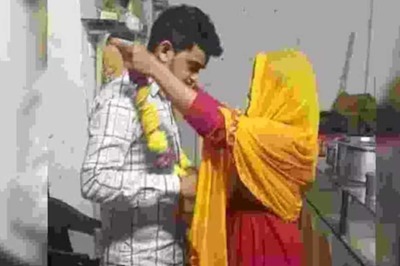


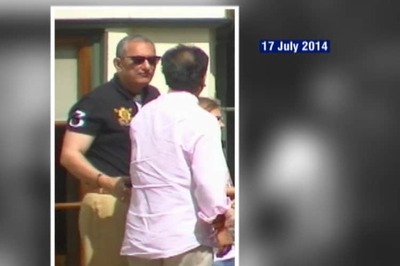

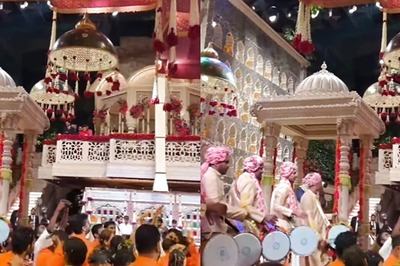
Comments
0 comment